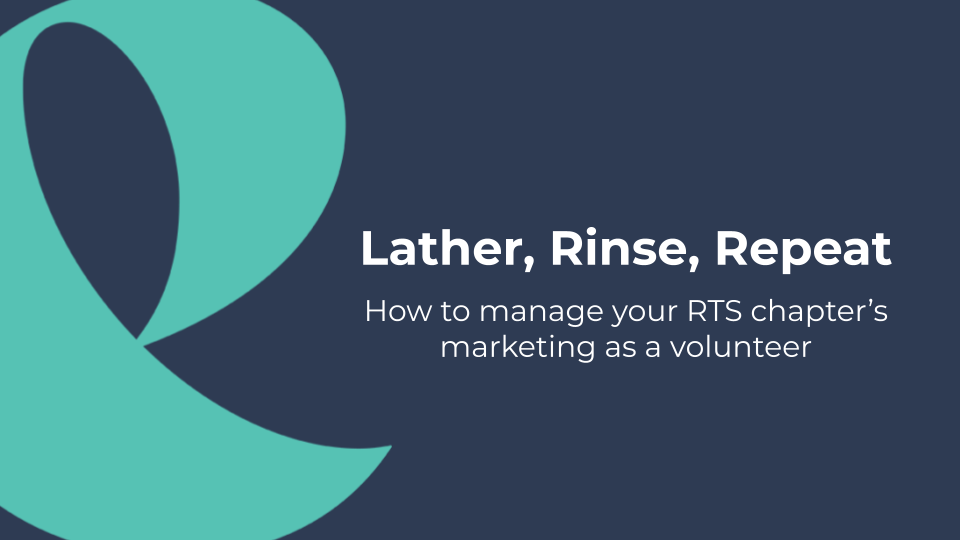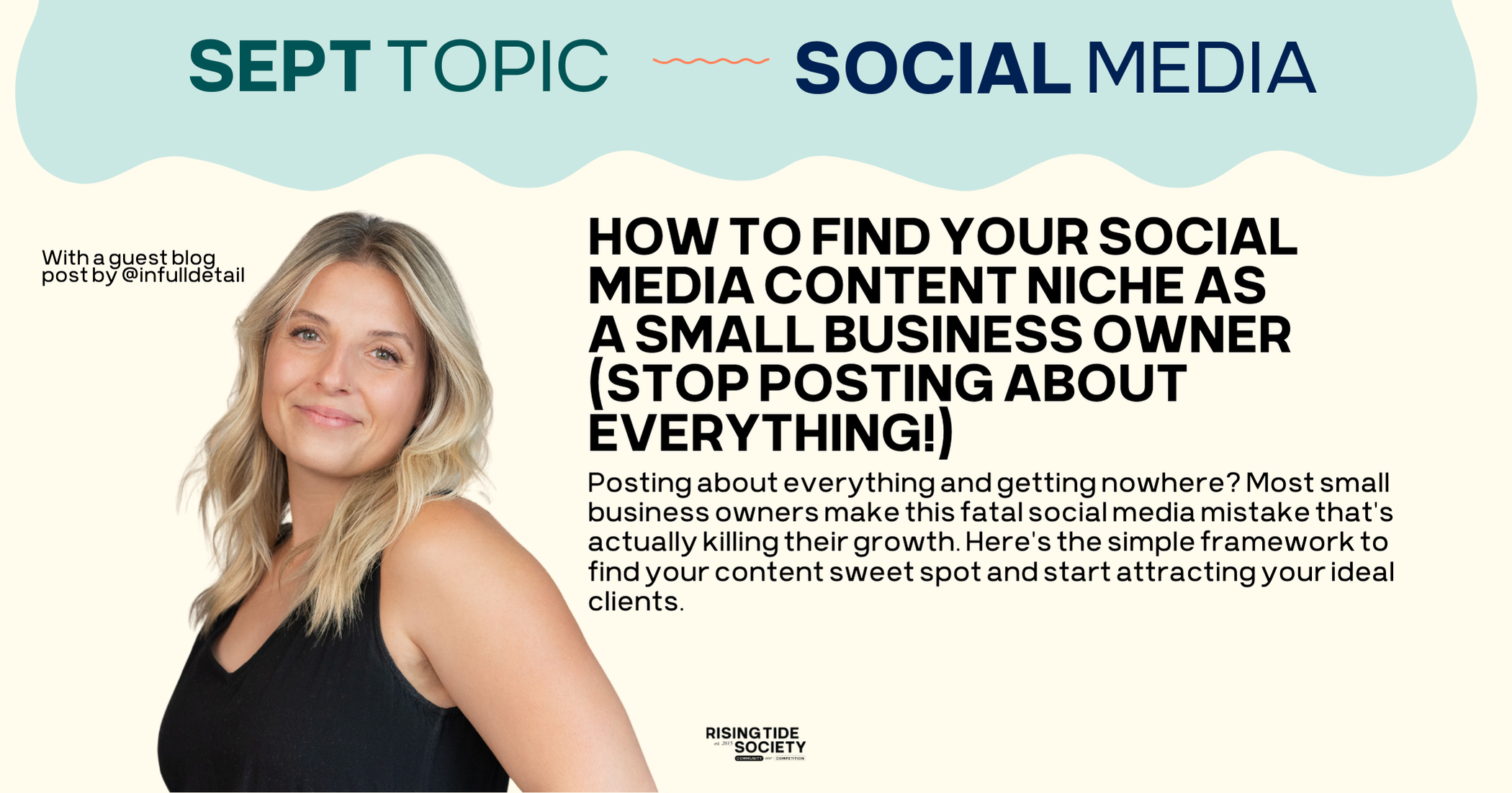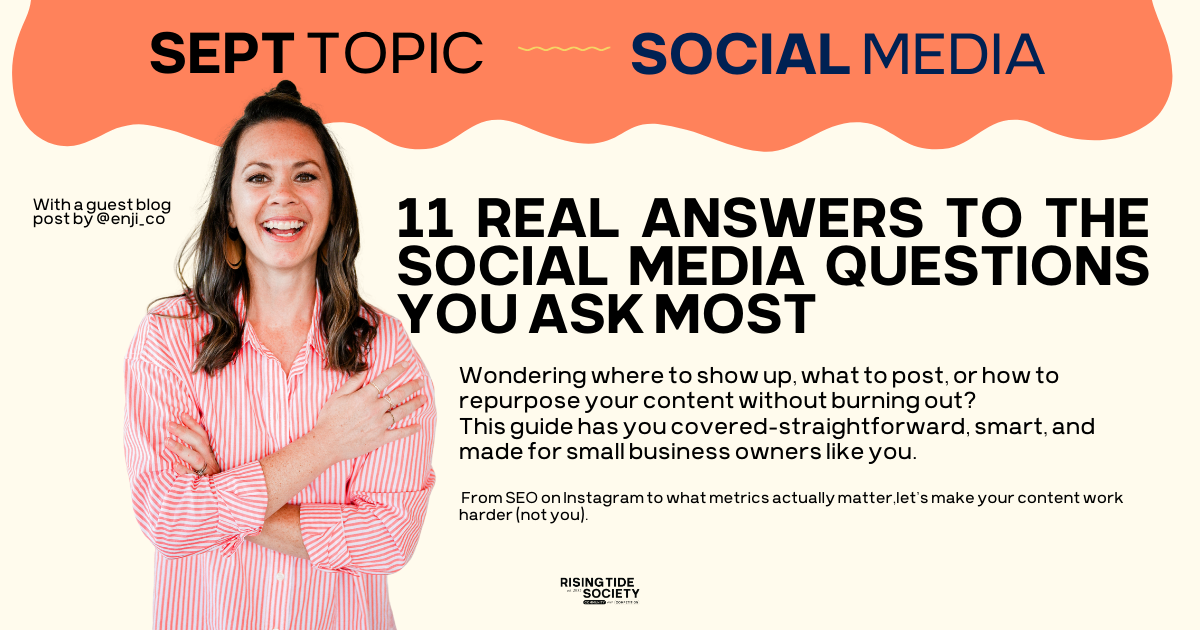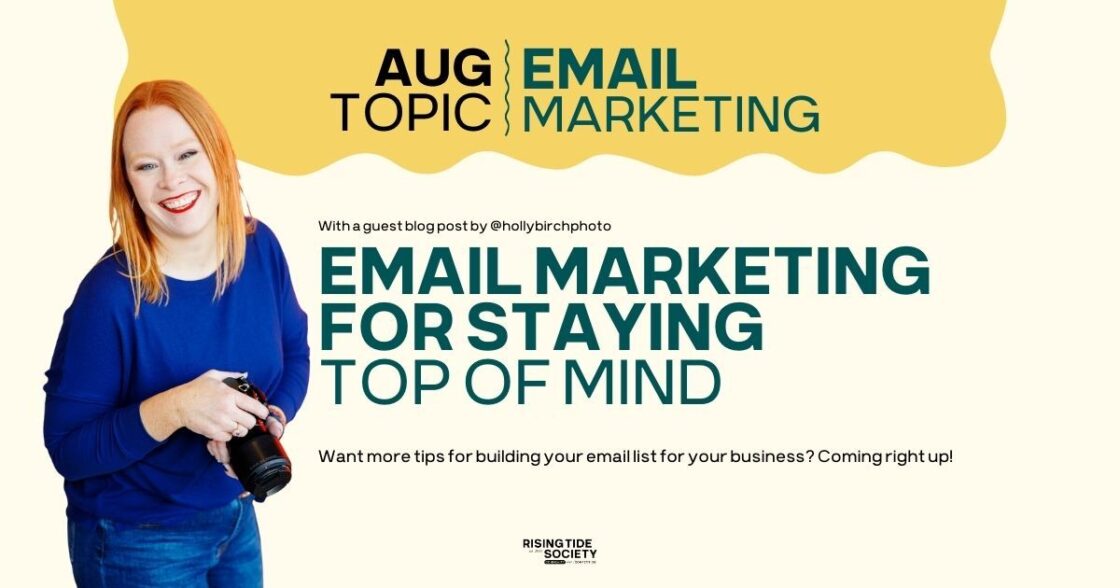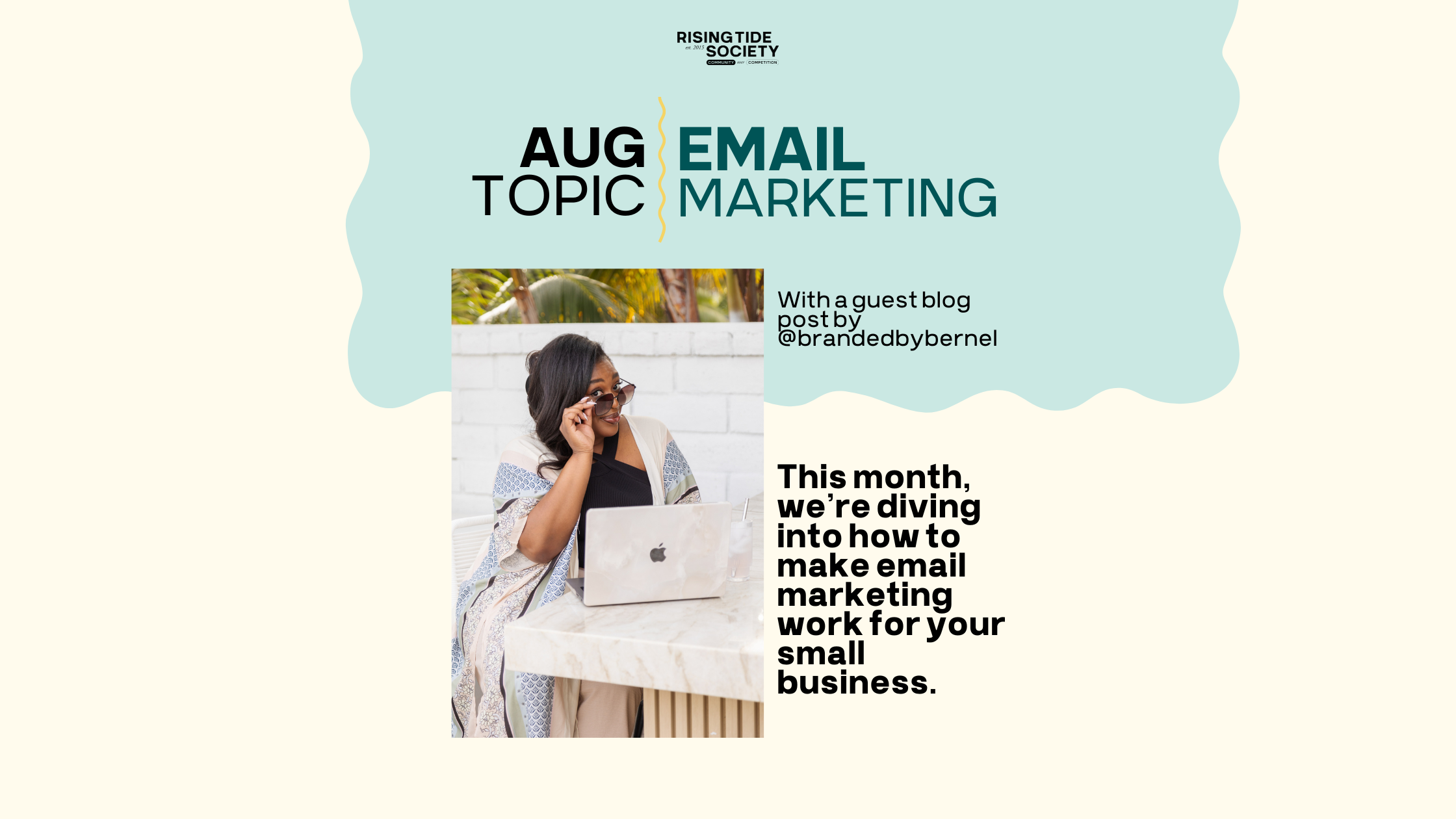Digital marketing isn’t just the way of the future anymore; it’s the backbone for how we engage and acquire new clients in the here and now. In order to connect with our audiences, build loyalty within our brands, and ultimately drive sales, creating content is key.
In the first of a three-part blog series, we’ll dive into the basics of content strategy, its benefits, and how to align it with your overall business goals.
What is a Content Strategy?
If you don’t know what we mean by “content strategy”, no worries! When we’re talking about creating a marketing strategy that centers on content, we’re talking about creating the things your clients will see, hear, and read that provide them with information (or entertainment) that connects them to your brand.
Think of a meme on social media, a blog post, a podcast episode, an informational graphic… you get the picture!
When we’re building a content strategy, we’re creating a comprehensive marketing plan that outlines how you will create content to achieve specific business goals. And when done right, it doesn’t just mean writing blog posts that go out into the universe and sit there – we’re talking content that engages, builds relationships, and ultimately converts.
What are the Benefits of a Content Strategy?
A content marketing strategy that is consistent, well thought out, and achievable to execute will help you achieve your long-term goals as an entrepreneur.
Take a look at a few ways creating content can benefit you and your business:
- Building Brand Awareness:
Visibility is a huge contributing factor to the success of a brand, and high-quality content not only allows you to get more visible, but it also positions you as an industry authority. By sharing valuable education with your audience, it makes it easier for potential customers to find and trust you. - Driving Traffic to Your Website:
When your content is SEO-optimized, you can significantly improve your website’s ranking on search engines. Plus, unique content tailored to your industry can drive even more organic traffic to your site, leading to more opportunities to convert. - Engaging and Retaining Customers:
Have you ever had someone who has followed you for years suddenly show up and make a purchase? Likely that’s because you’ve been putting out engaging content that had them coming back time and time again. Engaging content helps build a community, fosters customer loyalty, and can also raise repeat business! - Supporting Other Marketing Efforts:
When you have a strong content strategy, you can repurpose and retool your marketing across several different platforms. A blog post can be featured in a newsletter; a popular Instagram post can be retooled and expanded into a freebie. Not only is it successful, but it saves you time and energy (another huge win).
What Makes Content Strategy Effective?
When it comes to building your own content strategy, you want to focus on a few key areas where you can make the most impact. You spend a lot of time and energy on making content for your website, social media, podcast, and other marketing channels – and we want to be sure that the content you’re delivering is connecting to the right audience at the right time.
This is just a brief overview – we’ll go more in depth in the second part of this blog post series coming next month!
Here’s what to keep in mind:
- Content Goals:
Before you even begin to decide what content to create, how, and where, you want to identify the specific outcomes you want to achieve. Want to raise awareness of a new product? Get more people on your website? Sell spots in your next package? This is the very first thing you want to consider - Target Audience:
In order to market effectively, you need to understand the audience you’re speaking to – who they are, what they care about, and how they consume content. - Content Types and Formats:
Knowing the different ways to share your content (and what makes each one unique and meaningful) makes it easy to choose what format to use. Overall, you want to be sure your content type is aligned with how your audience takes in content, whether that’s on social media, a blog, videos, podcasts, etc. - Content Distribution:
Once you’ve actually created your content, it’s time to consider how you’re going to get it in front of your audience. Email updates? SEO? Social media? Again, bring it back to the people you’re talking to and make sure it’s aligned with where they spend their time. - Content Calendar:
Once you’ve figured out what your goals are, who you’re speaking to, what type of content to create, and how you’ll share it, you’ll want to create a calendar that outlines when and where you’ll publish your content. This keeps you on track in terms of consistency and reliability to your audience.
A solid content strategy can completely transform how a business shows up in front of their ideal clients. Understanding what it is, how it works, and creating your own will not only engage your audience but can also drive serious conversions. Keep your eyes peeled for the next part of this series where we dive into developing and planning your content strategy!

